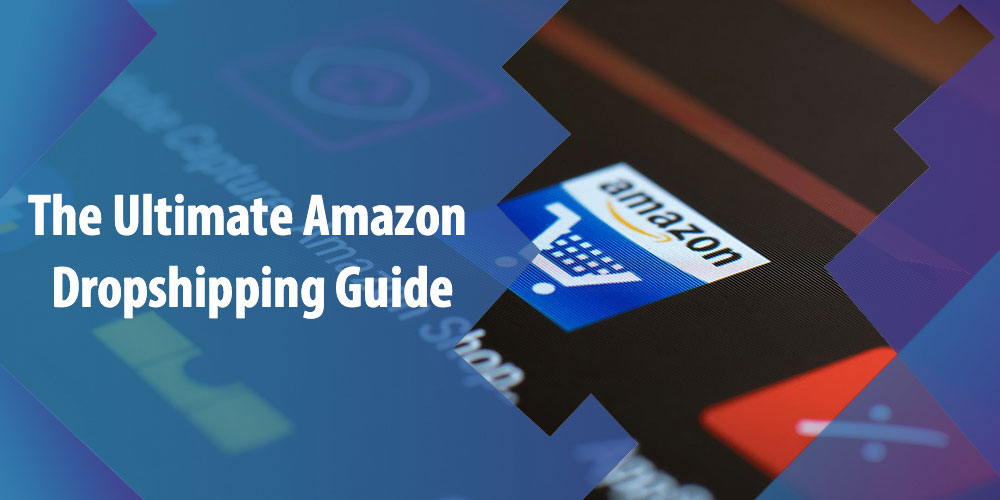As an Amazon professional seller, you can either choose to be an FBA seller or a non-FBA seller. FBA, short for Fulfillment by Amazon, simply means that sellers will have to ship products to Amazon warehouse and Amazon takes care of the order fulfillment, order returns and the customer care while the seller focus more on the front end of the business. FBA saves time and legwork, but it associates with a considerable fee.
Non-FBA, on the other hand, means you (seller) will have to take care of the order fulfillment yourself. You may dropship with non-FBA as you simply send the order requirement to your supplier and have them fulfill for you.
As a drop shipper, you function as a connector, a bridge between the manufacturers and the consumers basically by simply listing products and negotiating with the suppliers to get the said product to the buyer.
Advantages of Dropshipping on Amazon
Small Capital Required
To launch a drop shipping business, it requires a few things, more of strategic research, planning and analysis but not a lot of start-up funds. You can start an online sales store without having to invest thousands in buying the inventory of products, neither is there any financial obligations or commitment towards hiring any staff.
Minimal Risk
Dropshipping helps to minimize risks, as you don’t have to buy the products until a customer has made a purchase. The accorded risk with this retail method is very minimal.
Low Cost
Unlike ecommerce sellers who buy and stock inventory in warehouses, dropshippers don’t have to worry about inventories or any kind of upfront payment, rather they enjoy more flexible cash flow and have more money to invest into marketing.
Unlimited Expansion of Product Listing
With drop shipping, you have an unlimited ability of offering as much as possible variety of products with no worries of size, shape, perishability or storage space.
Extensive customer base
Amazon being a trusted brand worldwide and with 100 million Amazon Prime members who spend $1400 a year on average, the Amazon customers are confident to pay for high-quality products. More importantly, Amazon now becomes the new product search engine, instead of Google; Nearly half of US online shoppers go to Amazon directly. This means that you just need to focus on Amazon ads to get your store some attentions from buyers, instead of spend budget on multi-channel marketing.
How to Be a Successful Dropshipper on Amazon
- Product selection. Sellers should run a thorough research around products’ popularity and competition. Find niche market with tools like JungleScout or AMZshark is always a good idea.
- Product sourcing. Most dropshippers starts with Aliexpress as dropshipping source, as it’s wide selection, low price, and almost all of the sellers on Aliexpress understand dropshipping and they know what to do. When you get consistent orders for a specific product, look for wholesale price on dropshipping websites or wholesale websites.
- Listing creation. Improve your listings with high-quality images, engaging product description and persuasive information. Amazon’s Enhanced Brand Content (commonly known as A+ content) provides more templates and layouts that sellers can utilize to describe the brand and products.
- A trustworthy shipping solution. One of the biggest problems with Aliexpress dropshipping is that its shipping solution (ePacket) takes longer than 20 days and it could end up in customer A-to-Z complain – the last thing you want. So sellers really have to make it clear in communication with customers. Another option is working with professional dropshipping websites that provides faster shipping options; though it could end up in much higher shipping cost compares to Aliexpress’ $0-2 shipping fee – do an extensive price comparison before choosing one.
- Customer experience. Offer exceptional customer services and actively resolve any issue as quickly as possible. Amazon limites sellers’ communication with consumers, so it’s really important to make the most of it with your product page, follow up emails and maybe retarget strategy.
Latest articles you might be interested in:


